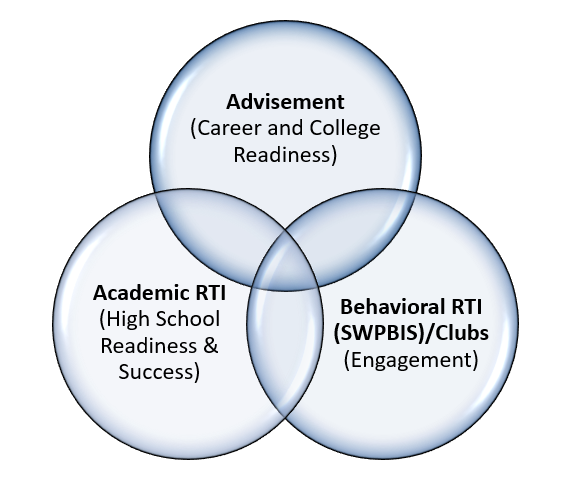Addressing The Biggest Problem Facing Educators Today: Time
- Best For Teachers

- May 24, 2024
- 3 min read

In today's fast-paced educational environment, one issue stands out as the most significant challenge for educators: the lack of time. Teachers are expected to perform a multitude of tasks, from preparing lessons and delivering instruction to grading and providing individualized support for students. However, the sheer volume of these responsibilities often leaves educators feeling overwhelmed and stretched thin. Let's delve into why teachers lack the necessary time to fulfill their roles effectively and explore strategies that both teachers and administrators can implement to alleviate this issue.
Why Teachers Lack Time
Administrative Tasks: Teachers spend a significant portion of their time on non-instructional duties such as filling out paperwork, attending meetings, and complying with various administrative requirements. These tasks, though essential, detract from the time available for lesson planning and student engagement.
Large Class Sizes: Managing larger classes means more grading, more individualized attention, and more classroom management. This increases the workload and reduces the time teachers can spend on each student.
High Expectations and Accountability: The pressure to meet academic standards and demonstrate student progress through standardized testing has increased the workload for teachers, who must prepare students for these assessments and track their performance meticulously.
Extracurricular Involvement: Many teachers are involved in extracurricular activities, coaching, and after-school programs. While rewarding, these commitments add to an already demanding schedule.
Lack of Planning Time: Teachers often have limited planning periods during the school day. These periods are frequently interrupted or consumed by additional duties, leaving little time for comprehensive lesson planning and collaboration with colleagues.
Strategies for Teachers to Save Time
Prioritize Tasks: Focus on the most impactful tasks first. Use a to-do list and prioritize activities that directly affect student learning and outcomes.
Use Technology: Leverage educational technology to streamline tasks such as grading, lesson planning, and communication with students and parents. Tools like Google Classroom, automated grading software, and digital planners can save significant time.
Collaborate with Colleagues: Share resources and planning responsibilities with fellow teachers. Collaborative planning can reduce individual workload and provide fresh ideas and strategies.
Set Boundaries: Establish clear boundaries for work and personal time. Designate specific times for grading and lesson planning and stick to them to avoid burnout.
Simplify Grading: Use rubrics and simplified grading systems to make the grading process more efficient. Consider using peer assessments for formative tasks to reduce grading time.
Streamline Communication: Use templates for common communications and establish regular office hours for student and parent inquiries to manage expectations and save time.
Strategies for Administrators to Support Teachers
Reduce Administrative Burden: Minimize the amount of paperwork and administrative tasks teachers must complete. Provide clerical support where possible to handle these duties.
Smaller Class Sizes: Advocate for smaller class sizes to ensure teachers can provide more individualized attention to each student and manage their workload more effectively.
Increase Planning Time: Allocate more planning periods within the school day and protect this time from interruptions. Consider providing occasional full days dedicated to planning and professional development.
Professional Development on Time Management: Offer professional development sessions focused on time management and efficient teaching practices. Equip teachers with strategies to manage their workload effectively.
Support Staff: Employ additional support staff, such as teaching assistants and paraprofessionals, to help with classroom management, grading, and providing support to students.
Flexible Scheduling: Explore flexible scheduling options that allow teachers to have more control over their time. This could include block scheduling or rotating class periods.
Recognize and Reward Efficiency: Acknowledge and reward teachers who develop efficient practices and share successful strategies with their peers. Create a culture that values and supports time management.
In conclusion, the issue of time constraints is a significant challenge for educators, impacting their ability to teach effectively and maintain a healthy work-life balance. By implementing practical strategies and fostering supportive administrative practices, both teachers and administrators can work together to mitigate this issue and create a more manageable and fulfilling teaching environment.





Comments